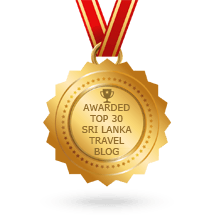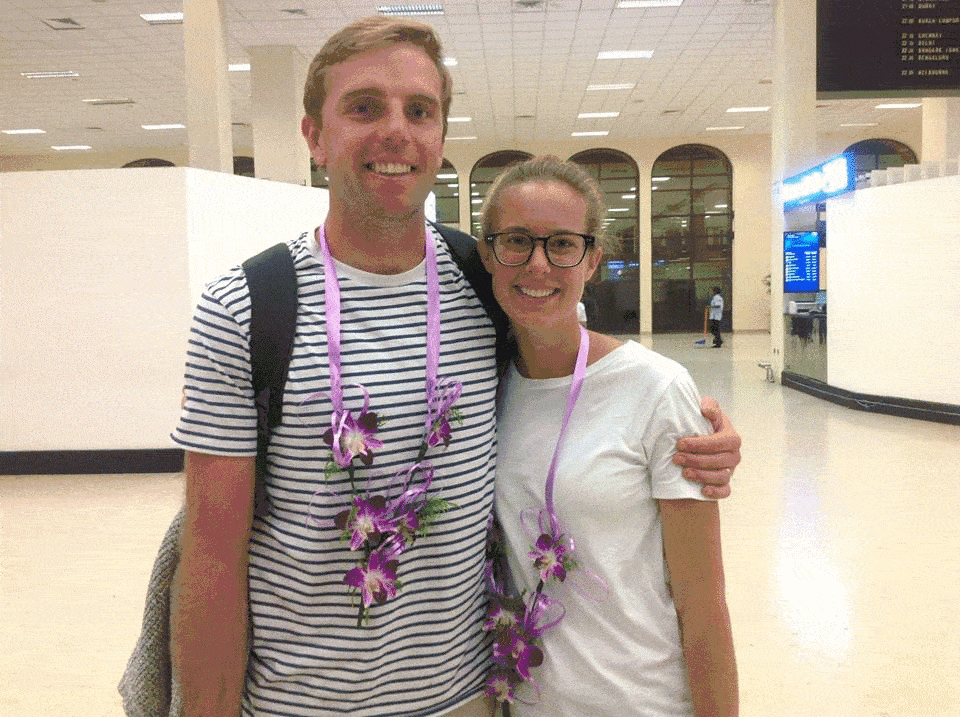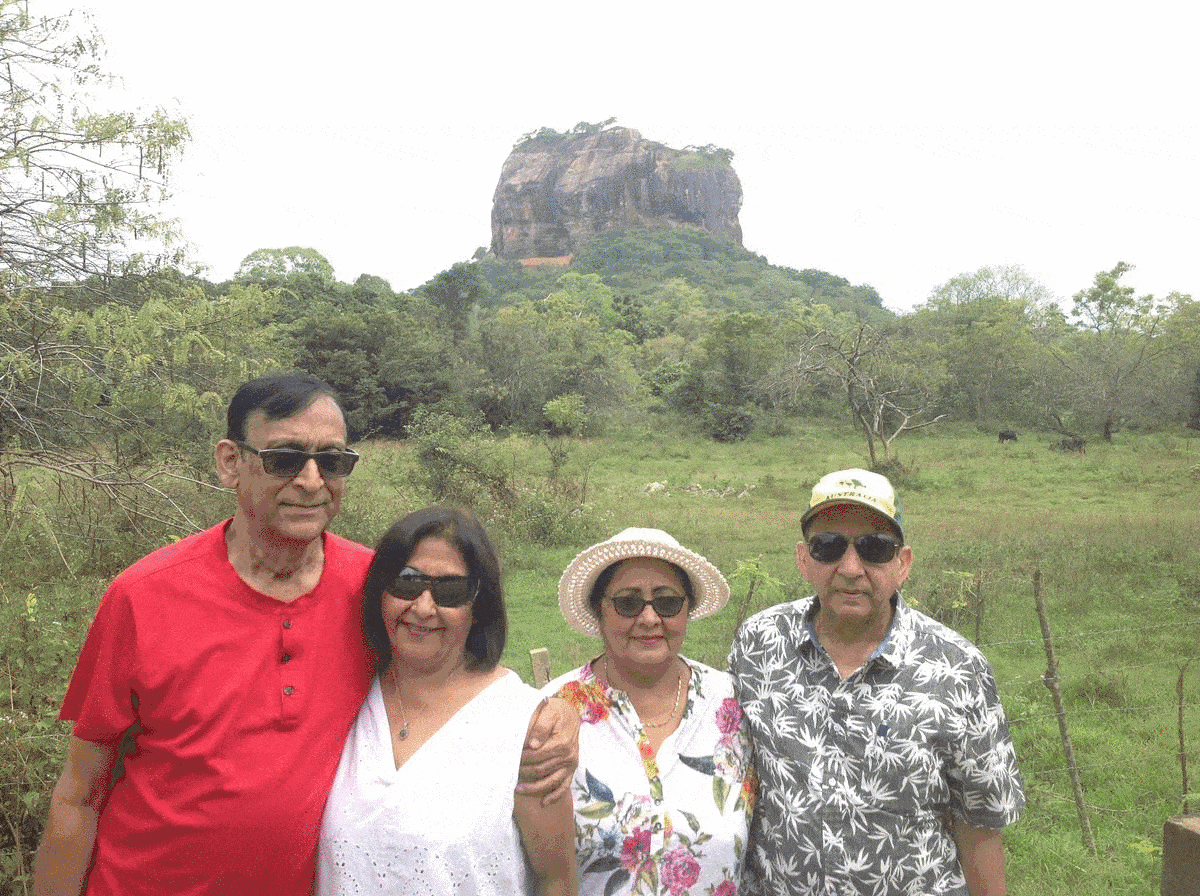MIHINTALE
The history of Mihintale is the history of Sri Lankan Buddhism, and the town is entrenched in popular consciousness as the birthplace of the Sinhalese Buddhist civilization. Simply put, this where Buddhism first arrived in this island.
Legend has it that this is where the Indian missionary Mahinda or local known as Mihidum Maha Rahatung Vasanse, son of Emperor Dharma Ashoka, met King Devanampiyatissa in 247 BC and converted him to Buddhism. Mihintale is literally Mahinda’s Plateau or Hill. The story goes that the king and his entourage of 40,000 attendants were tracking a deer near the summit when they were met by a man dressed in monk’s robes. It was Thera Mahinda, sent by his father the Mauryan emperor Asoka to spread his newly found religion to Sri Lanka. The zealous Mahinda used the legendary Riddle of the Mangoes to assess whether the King possessed the mental ability to comprehend the nuances of Buddhism. If the King had failed this test, then Sri Lanka might be a very different country to the one it is today. Buddhism, embraced with fervor by the Sinhalese people, soon overwhelmed the island while in India, its birthplace, it declined. Always happy to backdate for spiritual purposes, the legend also claims that the Buddha himself sanctified this mountain three centuries before the advent of Mahinda.
Regardless of your beliefs, the beautiful shrines, stupas, caves, and above all the wondrous setting, make Mihintale unforgettable. It is well worth the climb and the view a top of this majestic rock is simply breathtaking. All over the world, high places are given religious significance, with the result that devotees are always climbing steps – sometimes on their knees.
KANTAKA CETIYA
The three flights of steps at Mihintale, totaling 1840 steps, take pilgrims through the shadows of the spreading temple trees to the mountain’s summit. They were built in the reign of Bhathika Abhaya around 22 BC and AD 7, but a later paved road provides a short cut. The first flight of steps is wide and shallow, but the climb is sufficient to require regular deep breaths and a meditative pace. It is a fairly easy climb than Sigiriya, and well worth it.
At the end of the first flight, to your right, is the 2nd century BC Kantaka Cetiya, one of the earliest religious monuments on the island, originally excavated in 1934. the 130 meter or 425 ft base consists of three giant steps of dressed stone, a characteristic of Sinhalese stupas. Above them the dome has worn down to resemble a heap of masonry over 12 meters (40 ft) high. It was originally over 30 meters (100 ft) high. The highlights of the building are the four ornamental facades called Vahalkadas, which face the cardinal points. The eastern façade is the best preserved, with horizontal rows of carvings separated by strips of plain stone. There are beautiful friezes of dwarfs and elephants among the symbolic patterns, and on either side the wall is finished off with a tall carved pillar holding a weathered lion aloft.
The south façade has some beautifully intricate pillars carved with symbolic animals and plants. There is also a small relief figure of a naga, which is one of the earliest figure sculptures on the island. Despite its work appearance, you can see that it is gracefully posed, with the weight on one leg; even in these archaic times the Sinhalese sculptors were very sophisticated. South of this ancient stupa is something even older; an inscription on a rock in large Brahmi characters – the forerunner to the Pali script. It is found on a rock shelter that would have been inhabited by Buddhist monks in the 3rd century BC. These rock shelters constitute the bare minimum in desirable residences. A channel was carved in the overhanging boulder to act as a drip-stone moulding and help keep out the rain, but that was all. If you crawl through the cave you will find a sheer cliff face where the resident monks would sit on narrow ledges for a spot for meditation.
THE ASCENT
The second flight to stairs leads to the remains of some monastic edifices. At the entrance of the Dhatu Ghara relic house are the Mihintale Tablets – inscriptions on tow stone slabs that formed the rules and regulations that governed the monks. They met to discuss matters of interest at the Assembly Hall known locally as the Sannipata Sala and they ate communally at the Monks’ Refectory, which is the central courtyard.
Beyond it are two huge vats for food hollowed out of single blocks of stone that lie at right angles to one another and are among the few stones that once supported wooden buildings. They are referred to as rice canoes (bat oru)because of their resemblance to dug-out-boats, although they are definitely not buoyant. They were filled with rice donated to the monks by devout locals.
TO THE SUMMIT
The third flight of steps, narrow and steep, takes you on a spiritual ascent to the highest plateau, where the lovely Ambasthala Dagoba marks the place where Mahinda surprised King Devanampiyatissa in mid-hunt and quizzed him about mango trees to test his intelligence. The Mango Tree stupa is supposedly built over the exact spot where Mahinda stood, and a statue of the king is placed where he stood – a respectful distance away. The great sage Mahinda preached his first sermon from the Rock of Convocation (Aradhana Gala) near here. From this plateau trails spread out in all directions. One leads to the 1stcentury BC Mahaseya Dagoba, the largest stupa in Mihintale which enshrines a single hair relic of the Buddha. Another path wends its way to Mihindu Seya where a small golden reliquary resembling the earliest Indian stupas surmounted by a chattra (umbrella) was discovered, along with a bronze statue.
Above them all towers the enormous boulder that covers Mahinda’s bed(Mihindu Guha). The bed itself is a smooth slab of stone, the covering rock was the roof. This is where the sage reposed, apparently oblivious to discomfort. Such Spartan arrangements testify to the power of Buddhism that it could impel a prince to leave his palaces and live under a rock. Another path leads past a long pool in the shadow of a large, low rock which is carved in low relief with the mythical five-headed cobra. This is the Naga Pokuna, the Pond of the Serpent. Naga is believed to be the guardian of treasure, protector of water and the maker of rain. The carving on this natural rock emphasizes his association with water and it is said the Naga’s tail reaches down to the bottom of the pool.
The pond is part of an elaborate irrigation network that connects it with Sinha Pokuna, the Pond of the Lion, by means of stone channels, which never run dry even at the height of a tropical drought. The outstanding lion gargoyle spurts water into a handsome square bath surrounded by a step carved with frieze.
OFF THE BEATEN TRACK IN MIHINTALE
On a high peak are the ruins of Et Vihara (the “Stupa of the Elephant”). It has a panoramic view of the sacred valley on one side and of Kaludiya pokuna (the Pond of Black Water) on the other. This artificial pond at the foot of the western slop of Mihinthale served a monastery of the 10th or 11th century. It is a very peaceful and beautiful spot. The monastic college consists of a facede and roof built onto a natural rock overhang to create something half-way between a cave and a building. The monastery also has a the simplest form of guardstone, as no sculptures appear on its face. The minimalist decoration is misleading, however, since these monks were definitely not roughing it like the troglodytic pioneers of Buddhism. The were happy to forego a sculpture here and there, so long as they enjoy the comfort of indoor toilets and bath houses. These luxuries were served by an advanced hydraulic system of artificial moats and ducts running through the buildings. Half a kilometer(500 yards) from the pond is the Rajagiri kanda (“the mountain of kings”) where a whole series of hermit caves is set into the hillside.
Near the base of the westernmost hill is Indikatuseya Dagoba (“Stupa of the Needle”).The base of the stupa survives, unadorned with carving, but with broad bands of dress stone like the base of a colossal Doric column. The dome that once surmounted it has shrunk to a small mound of brick awaiting restoration. The guardstones at the foot of the steps are missing, but as you wander around the other ruins you will find a flight of steps complete with moonstone and a pair of guardstones depicting Naga in human form, but the building they embellished is reduced to a collection of stone pillars.
ANCIENT MEDICINE
At the foot of mountain are spread the ruins of a Hospital (Vejja Sala) which dates back to end 3rd century AD, some 400 years before the earliest hospital in Europe. Among the remnants of walls and pillars are monolithic basin for bathing the sick known as betoruwa or medicine boats. Like the rice boats, these are hewn from a single rock, but they have a particularly shaped to immerse a recumbent body without wasting precious herbal oils. The result is a simplified human shape that tempts you to lie down and try it for size. Excavations have unearthed many advanced medical implements. Stone used for grinding medicinal herbs can be seen at the museum, along with medicine jars whose blue glaze indicates that a link must have existed between Persia and the island.
When you leave Mihintale you may not be converted to Buddhism, as King Devanampiyatissa was over 2000 years ago, but you can not fail to be impressed by the ascetic courage that led the earliest monks to live under bare rocks, whilst admiring the sophistication of the later monasteries that provided their inhabitants with ample stores of free food and an efficient plumbing system.






